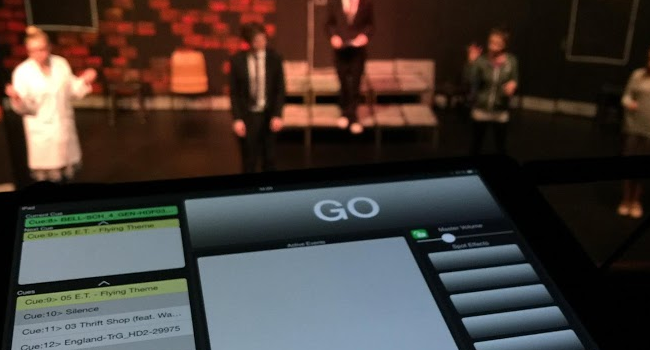Content and network management specialists Lightspeed Systems have been focusing on solving problems for schools and colleges around the world by enhancing technology and empowering teachers. Their latest solution, Teacher Dashboard, lets educators control devices and web access from a single dashboard to provide an easily-managed classroom experience. The resource is available on any device and with any Lightspeed Systems solution.
What separates the successful mobile learning projects from the unsuccessful? This is a ‘million dollar’ question, and I’ve thought long and hard about it. From the 17 large 1:1 projects I’ve worked on, only three have been truly successful in producing transformational learning. In your own experience, how many schools do you know who have transformed learning vs how many you know rely on iPads as laptop placements, focusing on web browsing and research functions only? I’m sure you’ll draw similar conclusions to my own, but if a handful of schools can transform learning with mobile devices, how do we replicate it across more schools? I believe I’ve found the answer.
[Originally published 26th May 2015]
Young children are growing up in a world where touchscreens are normal. Not only that; they have never lived in a world without the Internet. With that in mind, it is important to embed the use of technology across the curriculum at Primary level so that their natural curiosity about the world can be encouraged by technology. This is especially true in many schools where children work on cross-subject, project-based learning style topic work, which naturally lends itself to child led exploration of a topic - of which using IT can be a valid and exciting part. This is ten ways teachers of younger children can use IT to improve learning in their classroom.
We know that mobile technology can work wonders for the classroom, but how can it be used during Performing Arts productions? Ian Fletcher of Driftwood Software explains how the iPad is the perfect tool for setting the right atmosphere.

Close your eyes and listen. What do you hear? If the answer is “nothing”, then try again. There are very few places in the world that are completely silent. Every room, every environment has a sound. Understanding this and using these soundscapes correctly within a school or college Drama production can make a massive difference to the suspension of disbelief you are trying to create. And the act of thinking about and designing them can be a fun exercise for a drama class and make sound a more inclusive subject.
Pupils have a huge amount of technological potential at their fingertips, but how to best go about making sure that they’re fully-set to take on the digital world beyond? Downe House’s Jane Basnett gives her top eight tips.
What if, like many schools, your school has not gone down the tablet route? What if your school is simply trying to make the most of the excellent web-based tools that are available? It really does not matter whether you are or you are not a tablet school; a programme still needs to be made to ensure that students leave school digitally prepared for what lies ahead.
To gauge his opinion on important matters regarding education, we conduct a Twinterview with Mitchel Resnick, a LEGO Papert Professor of Learning Research and the head of the Lifelong Kindergarten group at the MIT Media Lab.
[As seen in the October 2014 edition of our magazine]
Mitchel Resnick is a LEGO Papert Professor of Learning Research and the head of the Lifelong Kindergarten group at the MIT Media Lab. He led the research group that developed the ‘programmable brick’, and we’re delighted to welcome him to our Twinterview to explore how new technologies can engage people in creative learning experiences.
Over the last 100 years in teaching, how much has changed? Could you take a teacher from 1915 and drop them into a modern classroom? Apart from the strange haircuts and unfamiliar clothes they’d barely notice the difference, because the majority of school is still lecture driven. The teacher stands at the front, disseminating knowledge to the students. Now undertake the same scenario but with a surgeon. Bring a surgeon forward 100 years and it’s a different story. In a modern operating room our time traveller would be overwhelmed with sights and sounds. This is because technology has revolutionised surgery.
It’s an exciting time for those interested in the role digital technology can play in education. There's no shortage of inspiration; talented, creative and passionate entrepreneurs around the world are using a range of innovations to improve the lives of people and their communities, and it's those using digital technology to improve education and learning that really stand out.

A community-driven platform for showcasing the latest innovations and voices in schools
Pioneer House
North Road
Ellesmere Port
CH65 1AD
United Kingdom